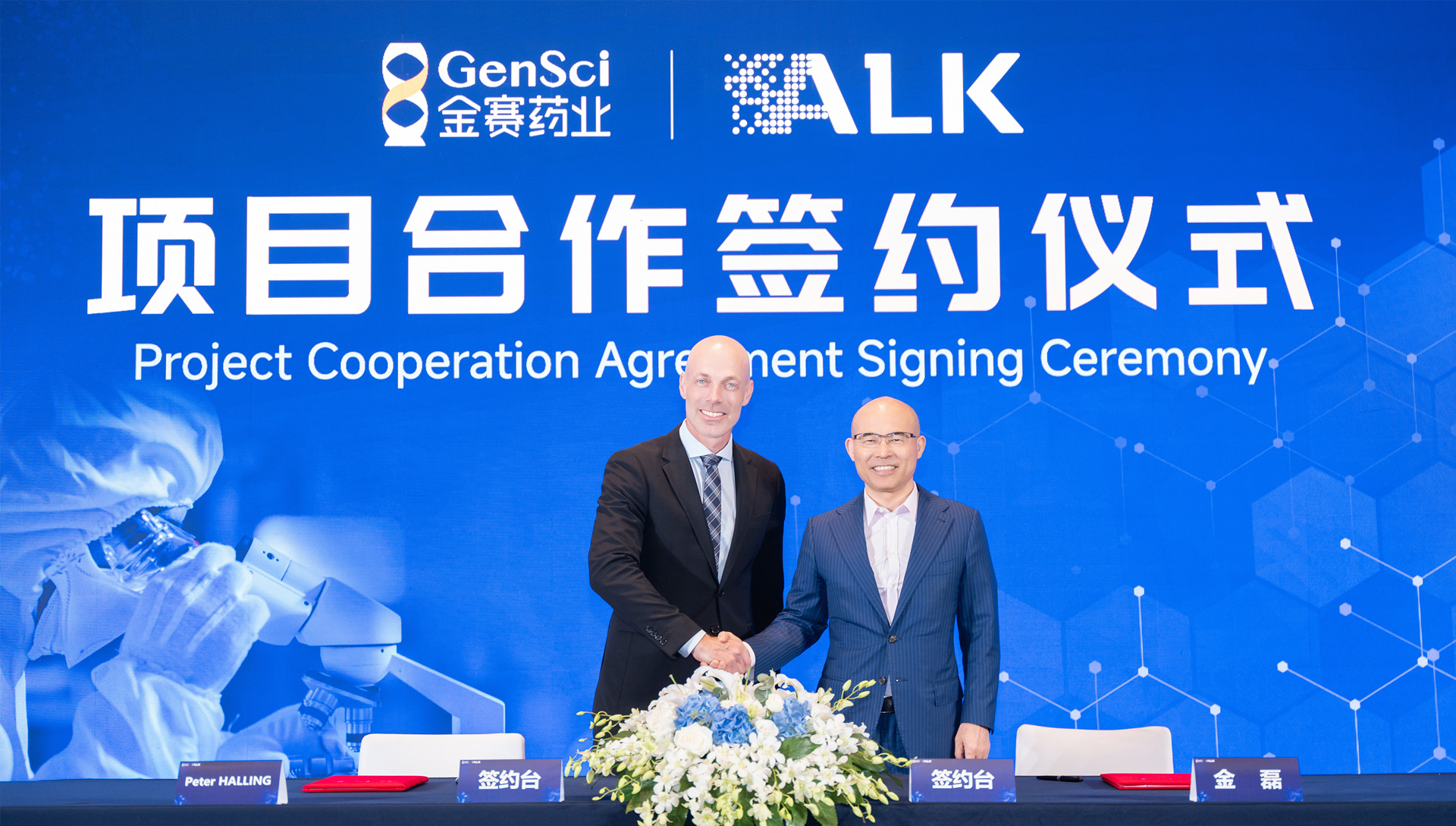From Long-acting Growth Hormone to Medical Devices: GenPEG Advances its High-purity Expertise
Time
2025-10-09
Readership
1008
Share



Since its launch in 2014, GenSci's long-acting growth hormone (LAGH) injection, Jintrolong® (PEG-rhGH), has received approvals for 3 indications: growth hormone deficiency (GHD), idiopathic short stature (ISS), and Turner syndrome(TS). By leveraging GenPEG's PEG technology, it significantly reduces dosing frequency from once daily to just once weekly, offering greater convenience and improved adherence.
Established in 2018 in Jilin, China, GenSci's wholly-owned subsidiary GenPEG specializes in the industrial production of pharmaceutical-grade polyethylene glycol (PEG) and its active derivatives. In accordance with national cGMP standards, the company has established large-scale production workshops and testing centers with first-class facilities, complete supporting systems and comprehensive functions. With this cutting-edge PEG platform, GenPEG provides custom synthesis of high-quality PEG products and related services.
PEG is a synthetic polymer with excellent biocompatibility, which enables PEG to be widely applied across the medical field, from protein conjugate drugs to medical devices. In biopharmaceuticals, PEG conjugation is a pivotal strategy for enhancing therapeutic proteins. By forming a covalent "molecular shield," PEGylation prolongs half-life, reduces immunogenicity and improves drug stability and targeting. It increases molecular size, reducing renal clearance and proteolytic degradation; it also masks antigenic epitopes, minimizing antibody production, which studies confirm blocks immunoreactivity of human leukocyte antigens (HLA); and, through site-specific modifications (e.g., N-terminus, lysine, or cysteine residues), it preserves bioactivity. To date, more than 40 PEGylated proteins are in clinical use, including approved drugs of PEGylated interferon (Peg-IFN) and PEGylated granulocyte-colony stimulating factor (PEG-G-CSF).
PEG-based materials are also widely used for wound adhesion, hemostasis, leakage prevention, and anti-adhesion in various medical devices, due to their water solubility, excellent biocompatibility, non-toxicity, and low immunogenicity. In particular, PEG hydrogel products are applied in ophthalmology, cranial, and spinal procedures for surgical suturing and hemostasis. When sprayed onto a wound site, the hydrogel rapidly solidifies to prevent bleeding and infection, and then subsequently degrades after healing without causing any abnormal reactions. Importantly, derivatives are not absorbed but are ultimately metabolized and excreted.
Besides, PEG is now increasingly recognized as an outstanding material for implantable medical devices, given its advantages over plant-, animal-, and human-derived materials. Among PEG derivatives, multi-arm PEG derivatives stand out in medical devices. The relatively high molecular weight enables PEG derivatives to form hydrogels with strong water-barrier properties and bioactivity. Such hydrogels can be manufactured into gel-like medical devices for hemostasis and tissue isolation. For example, when sprayed on organ surfaces, they prevent post-operative adhesion. PEG derivatives gradually degrade in the body and are fully excreted, ensuring safety without absorption.
Building on these advantages, PEG technology is expanding its role in targeted drug delivery and medical devices. With its nearly a decade of expertise in the PEG field, GenPEG continues to explore more possibilities across the biomedical field, empowering pharmaceutical companies to deliver high-performance solutions for people.








